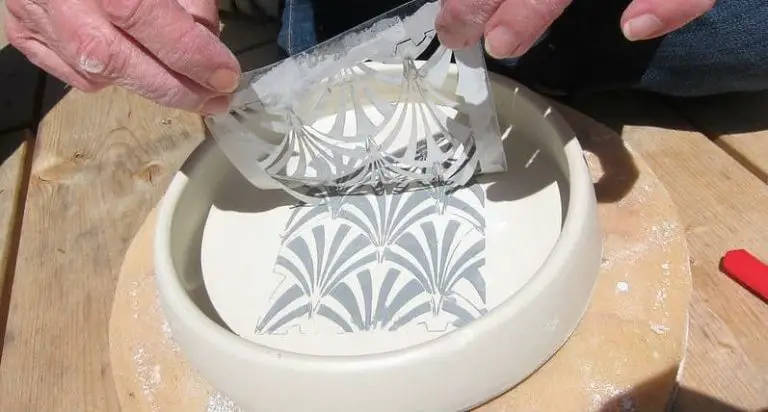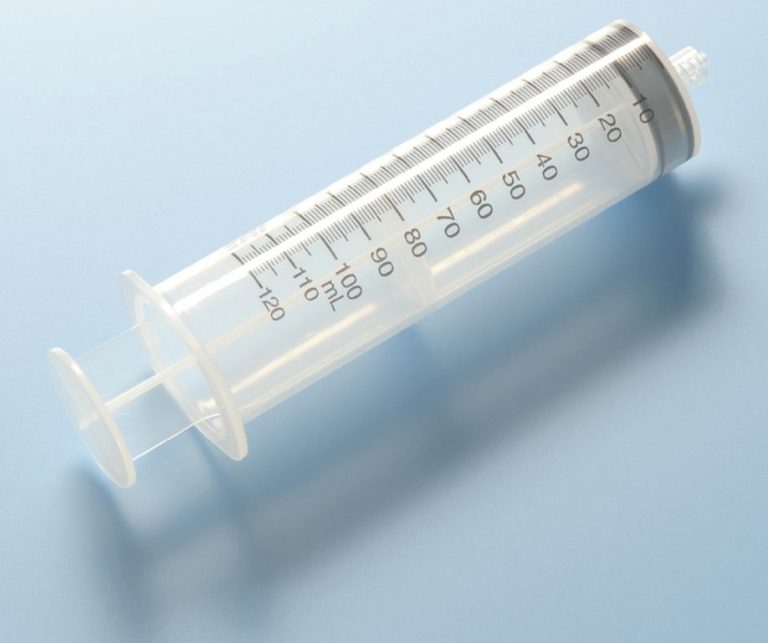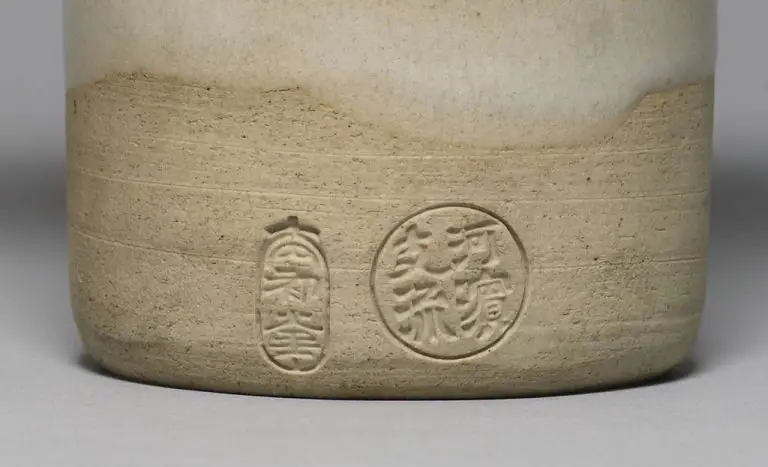Is There A Way To Make Non Hardening Clay Hard?
What is Non-Hardening Clay?
Non-hardening clay, also known as plasticine, is a modeling clay that remains malleable. Unlike clay that hardens when dried, non-hardening clay retains its soft, pliable texture. While regular clay hardens through evaporation as water content decreases, non-hardening clay has oils and waxes added to keep it continually soft.
There are a few major types of non-hardening clay:
- Oil-based clay – Made from a petroleum base, with added waxes and fatty acids
- Wax-based clay – Uses waxes as the key softening ingredient
- Water-based clay – Uses water as a softener instead of oil or wax
Non-hardening clay is popular for modeling, claymation, stop motion videos, craft projects, and more. It offers flexibility for shaping, sculpting and molding without ever drying out. This makes it ideal for creating sculptures, figures, decorative items, toys, art projects, and other handmade crafts.
Why Make Non-Hardening Clay Hard?
Non-hardening clay can be a wonderfully flexible and adaptable material for crafting and sculpting, but crafters often find themselves wishing they could harden their projects to make them more permanent and durable. There are several key reasons you may want to harden non-hardening clay:
Preserve Your Creation
One of the main reasons to harden clay is to preserve your creation for years to come. Non-hardening clay always remains soft and malleable, so any sculptures, shapes or objects risk being squished and ruined easily. Hardening the clay gives it more rigidity and structure so the creation will hold its shape and last much longer without damage.
Make It More Durable
By transforming soft clay into a hardened material, you make it far more durable for play and display. Hardened clay creations can withstand being handled and moved around without distorting or denting. This makes hardened clay great for kids’ toys, game pieces, decorative objects and more.
Finish the Project
Hardening clay is often the final step in completing a clay project. The hardening process ‘sets’ the clay so no further sculpting or shaping can be done. This gives crafters a satisfying finished result. Leaving the clay soft means the project always remains unfinished and mutable.
Make It Water-Resistant
Soft clay can be easily dented, marked and damaged when exposed to water. Hardening clay makes it no longer water-soluble, so hardened clay items can withstand incidental moisture without breaking down.
Avoid Messes and Marks
Soft clay that remains exposed and unhardened tends to transfer onto surfaces, leave marks, and pick up dirt, dust and debris. Hardening the clay prevents transfer and helps keep your creation pristine.
Drying Non-Hardening Clay
One of the easiest ways to harden non-hardening clay is to let it air dry thoroughly. Spread your clay model out on a flat surface like a baking rack or tray, place somewhere warm and dry with good airflow, and let it sit for at least 24 hours to fully dry. It’s essential to make sure your clay is completely dry before moving on to next steps or putting on a finish.
You can also use a low temperature oven or food dehydrator to dry your clay. Place your clay model in an oven set to the lowest possible temperature, around 170°F or the “keep warm” setting, for several hours until completely dry. Alternatively, place your clay model in a food dehydrator on the lowest setting for 6-12 hours depending on thickness. Monitor the clay as it dries and remove once fully hardened.
Baking Non-Hardening Clay
One way to harden non-hardening clay is to bake it in the oven. Allowing the clay to dry in a low temperature oven enables the water within the clay to slowly evaporate.
It’s important to bake the clay at a low temperature – around 200 degrees Fahrenheit. Higher temperatures can cause the clay to scorch or burn. Low, gradual heat allows the clay to harden evenly.
Bake the clay for between 30-60 minutes while checking on it periodically. Ensure the clay does not brown or burn. You’ll know the clay is finished hardening when it is solid, dry to the touch, and holds its shape. Allow to cool completely before handling.
Adding a Hardener
You can mix specialty clay hardeners into non-hardening clays to help them harden and cure.
Porcelain hardeners, sometimes called porcelain bonds, are additives that makes air-dry clay much harder and more durable. Start with 2 teaspoons per pound of clay and add more as needed based on package directions. Liquid porcelain hardeners are the easiest to mix thoroughly into the clay.
When adding any hardener, it’s crucial to mix it in very thoroughly so there are no dry pockets. Knead the mixture vigorously with your hands for several minutes. If parts of the clay feel crumbly or don’t incorporate, keep mixing. Overmixing is nearly impossible.
Test a marble-sized piece after mixing in a hardener. It should harden within 24 hours. If not, knead in more hardener. Too much can make the clay brittle, so add sparingly after the initial amount.
Using a Clay Hardener Spray
One of the most convenient options for hardening non-hardening clay is to apply a clay hardening spray product. These specially formulated sprays are designed to harden air dry clays. When sprayed onto clay models, the chemicals in the spray cause a chemical reaction that repels moisture and creates a finish that hardens and seals the art.
To use a clay hardener spray, shake the spray can vigorously and hold 8-12 inches away from your clay model. Apply several thin, even coats over the entire surface, allowing 5-10 minutes between coats for drying. Multiple thin coats will create a harder finish that is less likely to crack than one thick coat. Allow the final coat to dry completely, usually at least 24 hours.
Many crafters like to use a spray matte or satin sealant after the clay hardener spray for a smoother finish and extra protection. Test different finishing sprays on sample pieces first to ensure compatibility with the clay hardener product.
Adding White Glue
One simple way to harden non-hardening clay is by mixing in basic white school glue. The glue acts as an adhesive, binding the clay particles together once fully cured.
For best results, use an approximate ratio of 1 part glue to 4 parts clay. Before mixing, soften the clay according to package directions. Knead the glue thoroughly into the clay, working in small batches for even distribution. Avoid adding too much glue at once.
After mixing in the glue, shape your clay creations as desired. Allow projects to air dry completely, which can take up to 1 week depending on size and thickness. The glue-clay mixture will harden into a strong, permanent material suitable for many craft and decorative uses.
Using Clear Finish
Applying a clear finish like polyurethane or varnish is a good way to harden non-hardening clay permanently. The clear coat adds a protective barrier and seals in the clay’s form.
Multiple thin coats are recommended for the best results. 2-3 thin, even layers allowed to fully cure in between is ideal. Applying one thick coat tends to pool and end up tacky.
It’s important to let each coat fully cure before adding the next. Check the product instructions, but most clear finishes need at least 24 hours between coats. Rushing this step can cause bubbling, cracking, or prevent the clay from hardening fully.
Once fully cured, the clear finish will harden the clay completely. The clay sculpture will now keep its shape permanently while having a smooth, glossy coat.
Storing Hardened Clay
After going to the effort to harden your clay, you’ll want to be sure to store it properly to avoid re-softening or damaging your clay creations. Here are some important storage tips:
First, keep your hardened clay pieces away from moisture, damp environments, or direct contact with water that could cause them to start absorbing water and soften again. Store them in a sealed dry container like a zip-top bag or plastic storage bin with a tight sealing lid. You can add silica gel packets, uncooked rice, or other desiccants to absorb excess humidity as well.
Second, wrap more delicate hardened clay pieces individually in cloth or tissue paper before storing to protect them from rubbing and scratching the surface. If stacking multiple items, layer them with crinkle cut paper or bubble wrap in between pieces.
Third, avoid exposing hardened polymer clay works to extreme temperature fluctuations or high heat like direct sunlight over long periods, as this can also degrade or distort the clay over time.
Following proper storage methods will ensure your polymer clay creations maintain their shape and structural integrity, allowing them to last for years while avoiding re-softening or damage.
Tips for Strongest Results
When looking to harden non-hardening clay for maximum durability, the best method is to bake the clay pieces at a low temperature while also using a liquid clay hardener. This combines the heat application with the added hardening ingredients for a super durable result.
For small pieces, bake at 200°F for 30 minutes, then once cooled apply two coats of liquid hardener as the finishing process for a nice strong piece. For larger pieces, bake at 175°F for 1 – 2 hours depending on thickness, then brush hardener over the item once fully cooled from baking.
No matter which hardening techniques are used, always let pieces cool down naturally after baking or heating to prevent cracks from forming. Drastic temperature changes during cooling can cause clay to contract too quickly and develop fissures. Storing the cooling pieces in an insulated area for several hours leads to the strongest finished products.



